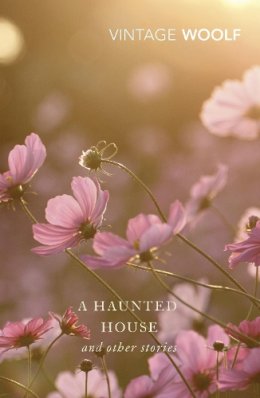23%OFF

Stock image for illustration purposes only - book cover, edition or condition may vary.
Haunted House
Virginia Woolf
€ 13.99
€ 10.81
FREE Delivery in Ireland
Description for Haunted House
Paperback. Rich in fictional delights, this complete collection of Woolf's shorter fiction ranges from 1906 until the month before she committed suicide in 1941. It offers a valuable insight into the writer's development, demonstrating her evolving characterizations, narrative methods and themes. Num Pages: 336 pages. BIC Classification: DQ; FYB. Category: (G) General (US: Trade). Dimension: 134 x 198 x 23. Weight in Grams: 286.
Read more
'The window panes reflected apples, reflected roses; all the leaves were green in the glass'
Nowhere are Virginia Woolf's daring experimentations with style and form more evident than in her short stories, which shimmer and flash with their author's peculiar genius. Collected by Leonard Woolf and published after her death, this is a complete collection of Virginia Woolf's shorter...
Product Details
Publisher
Vintage United Kingdom
Number of pages
336
Format
Paperback
Publication date
2003
Condition
New
Number of Pages
336
Place of Publication
London, United Kingdom
ISBN
9780099442165
SKU
V9780099442165
Shipping Time
Usually ships in 5 to 9 working days
Ref
99-99
About Virginia Woolf
Virginia Woolf was born in London in 1882, the daughter of Sir Leslie Stephen, first editor of The Dictionary of National Biography. After his death in 1904 Virginia and her sister, the painter Vanessa Bell, moved to Bloomsbury and became the centre of ‘The Bloomsbury Group’. This informal collective of artists and writers which included Lytton Strachey and Roger Fry,...
Read moreReviews for Haunted House
Here is the precursor of the experiments which are to fill her future novels, where the writer will evaporate and condense solid objects over her literary Bunsen burner in solutions of time or light
Helen Simpson, from her introduction With Joyce and Eliot, Woolf has shaped a literary century
Jeanette Winterson
The Times
...
Read moreHelen Simpson, from her introduction With Joyce and Eliot, Woolf has shaped a literary century
Jeanette Winterson
The Times
...
